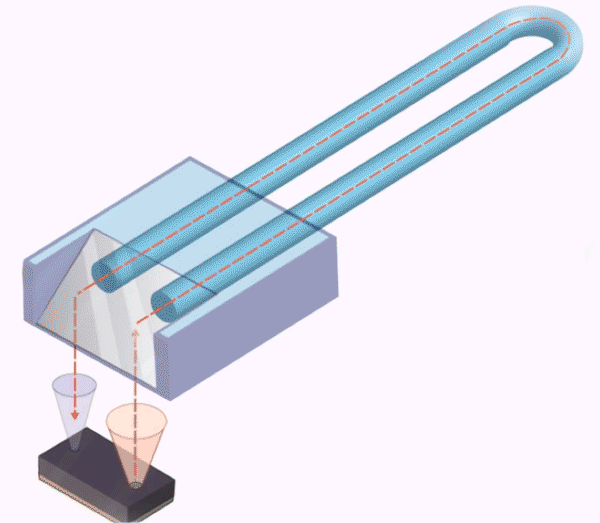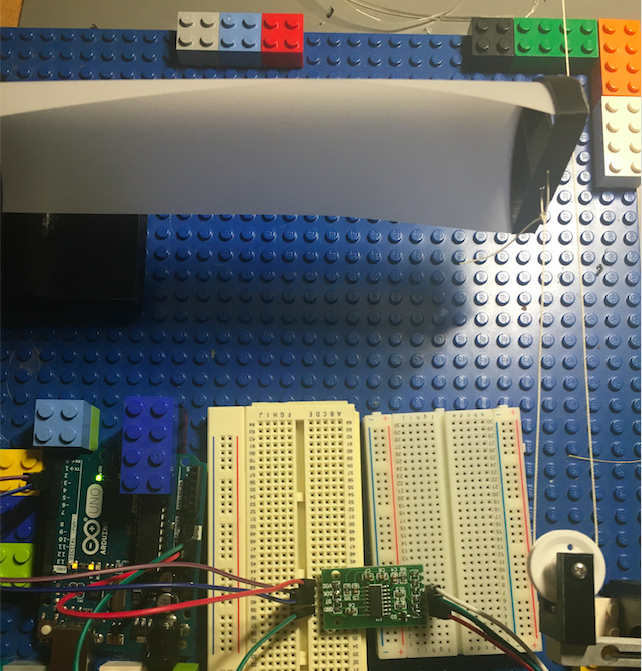
Our paper “Absolute length sensor based on time of flight in stretchable optical fibers,” by Ji-Tzuoh Lin and C. K. Harnett, is accepted at IEEE Sensors Letters . What’s new over our previous work? We measured the travel time of a laser pulse, rather than its amplitude in a stretchable optical fiber. This method is less sensitive than amplitude measurements are to manufacturing variations and surface curvature, making it good at measuring lengths over surfaces with varying shapes. Check it out here https://paperpile.com/shared/K8BdV6



